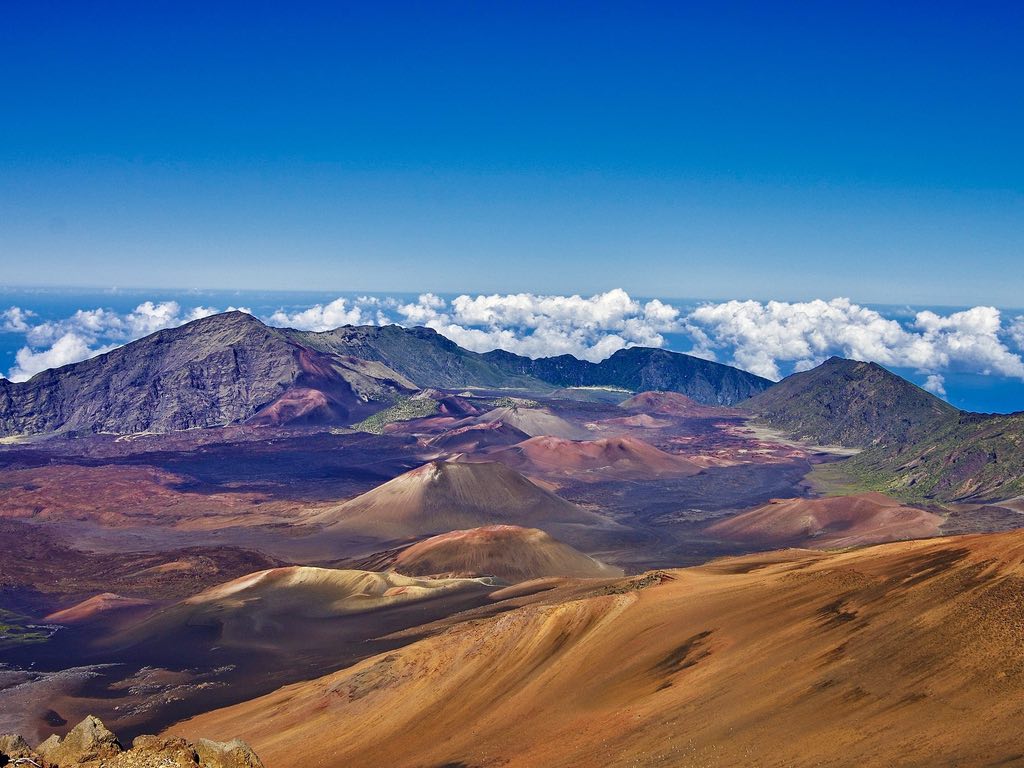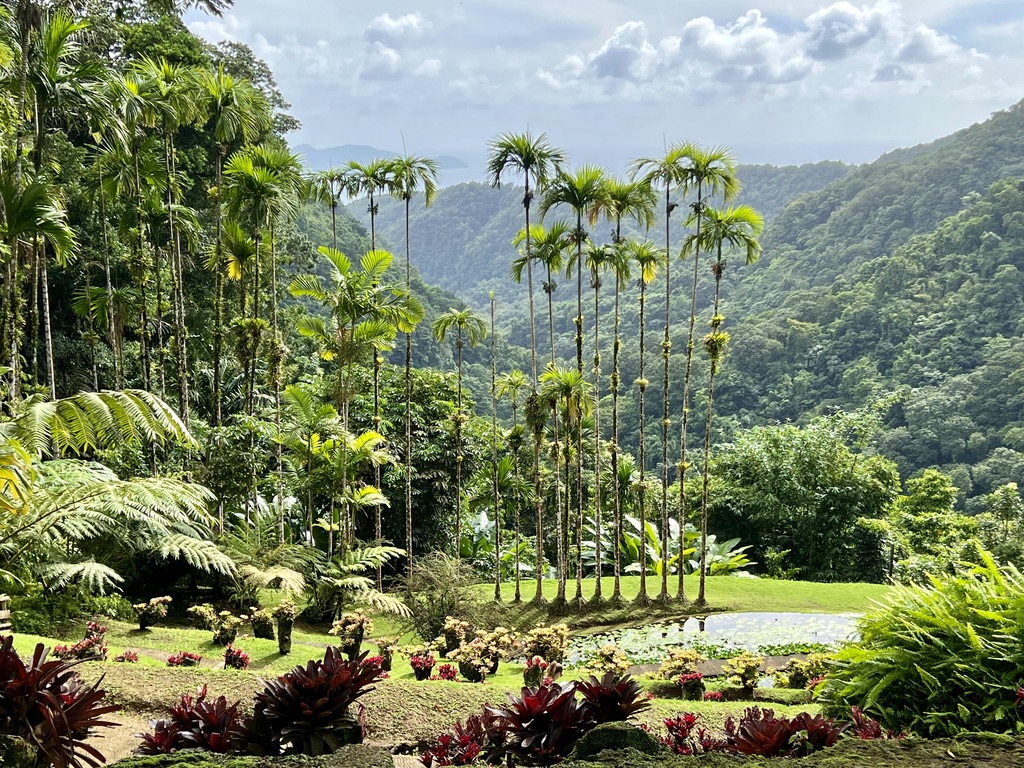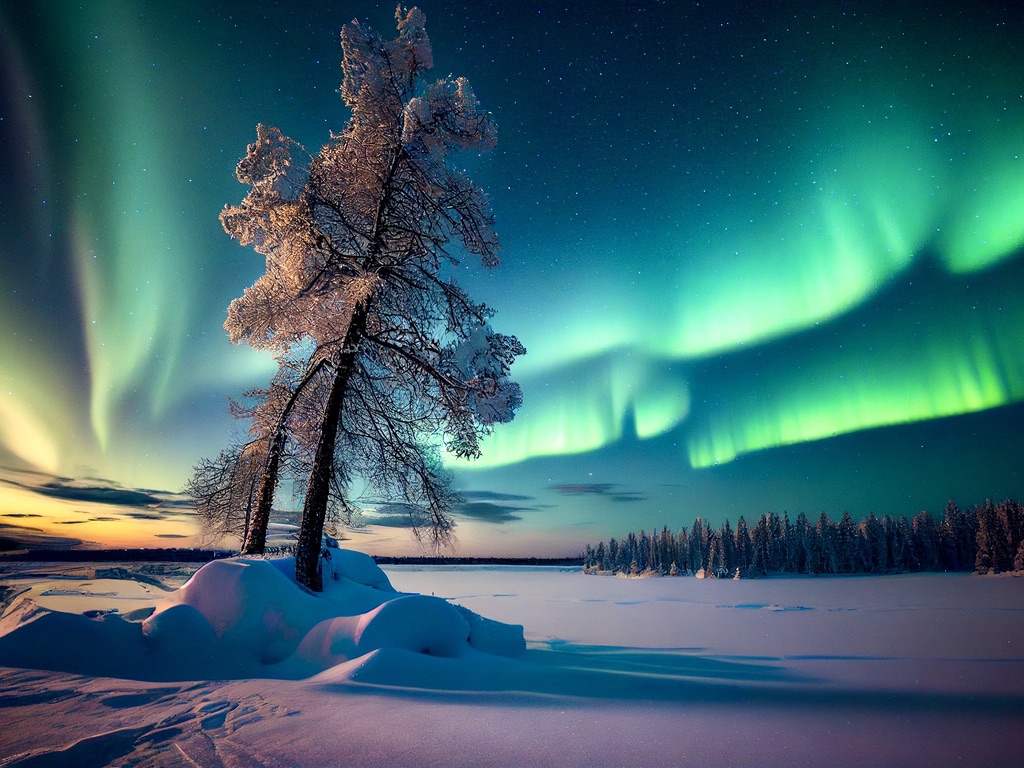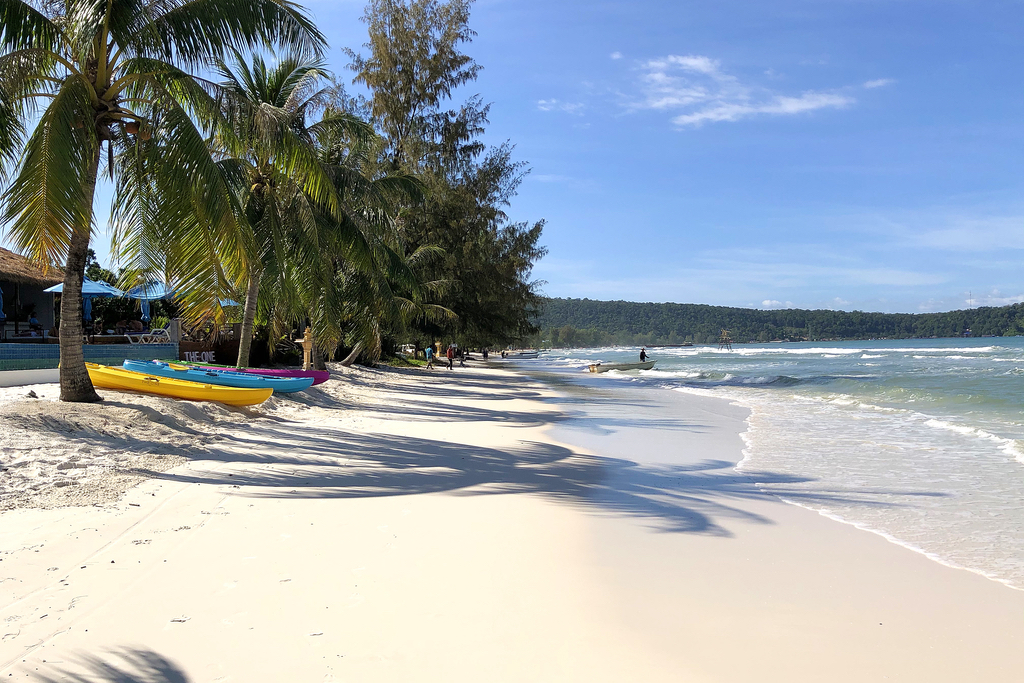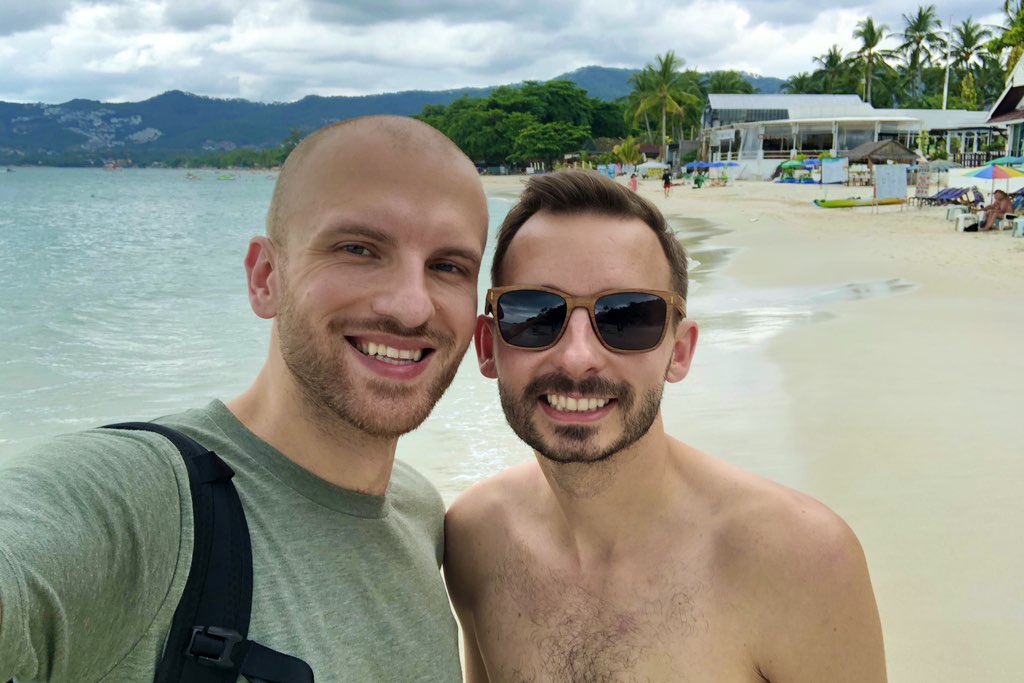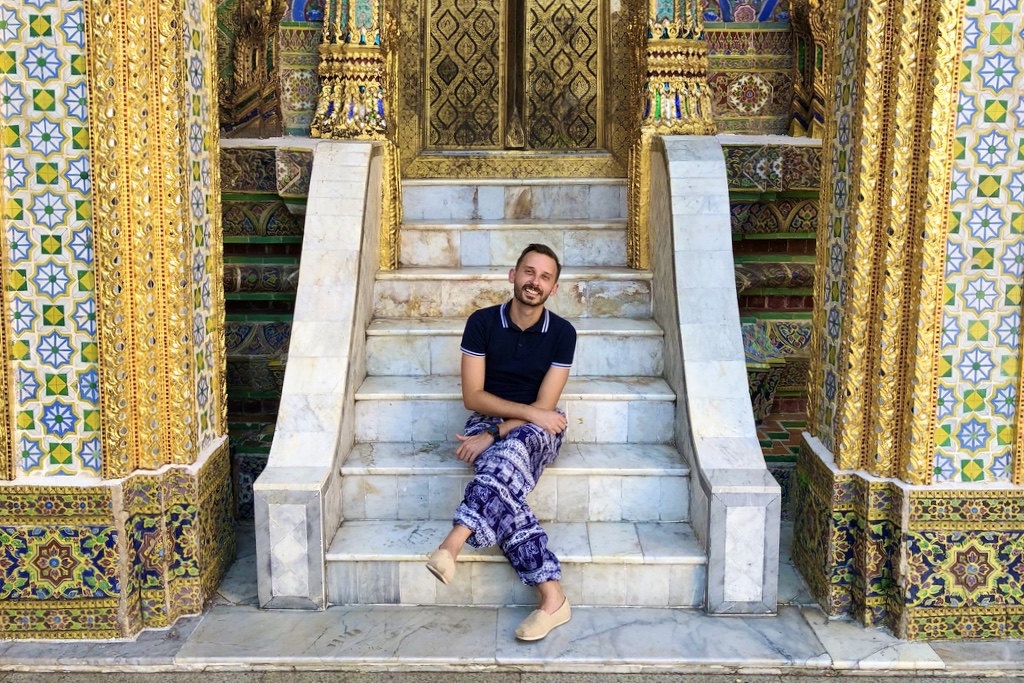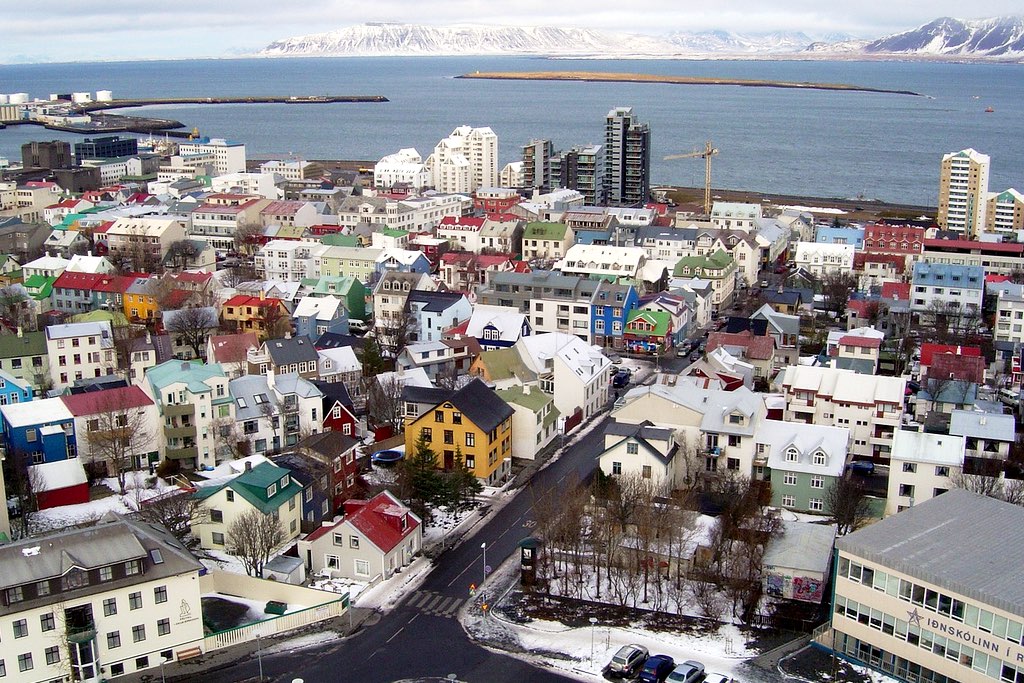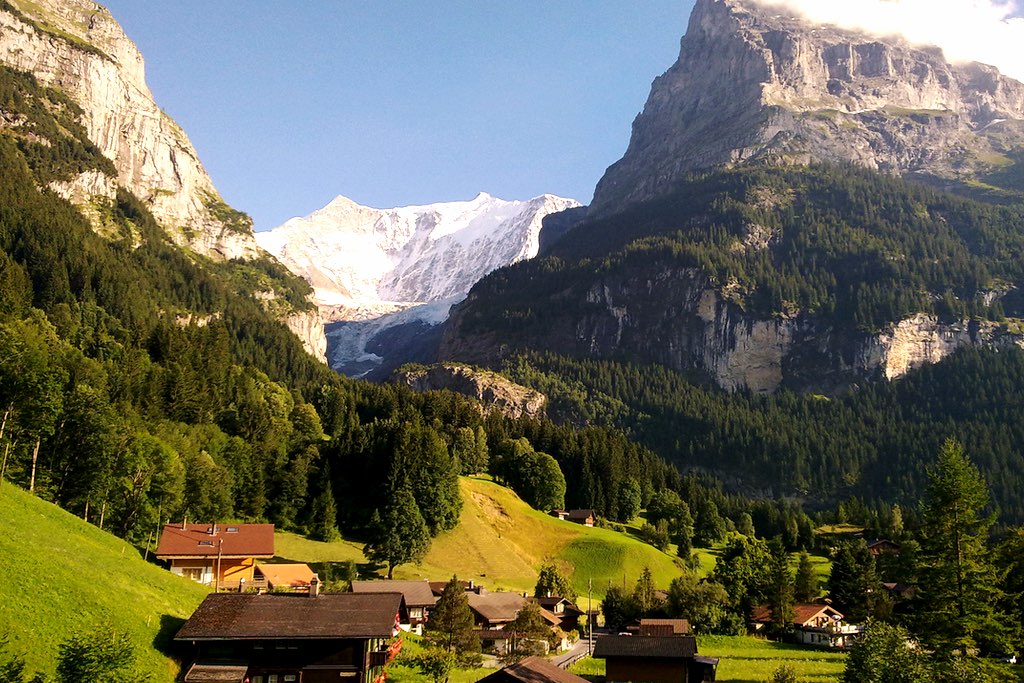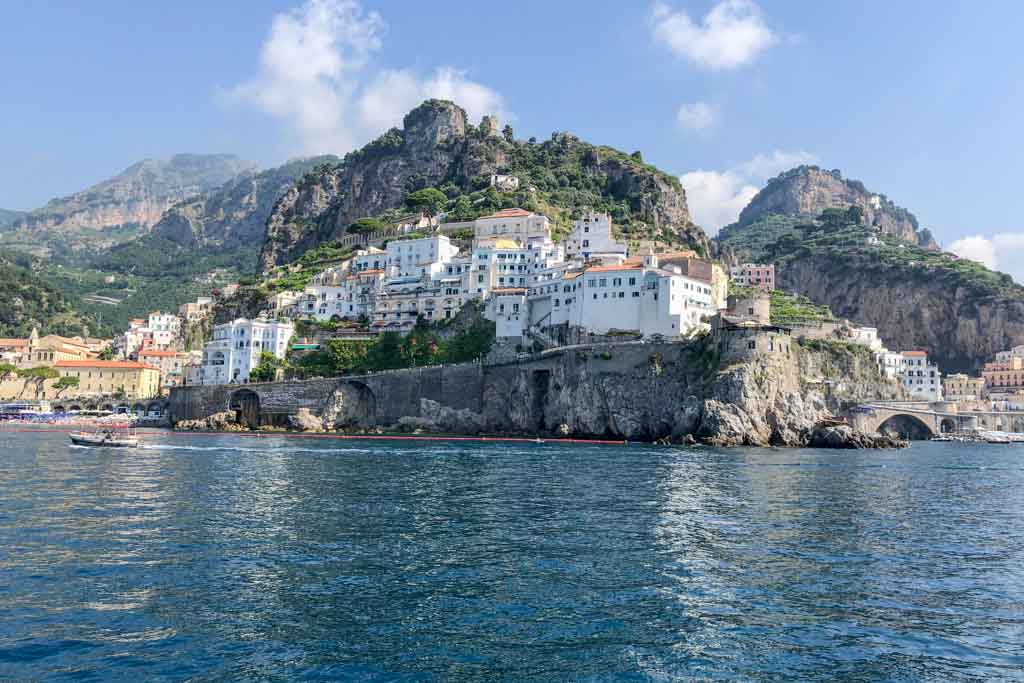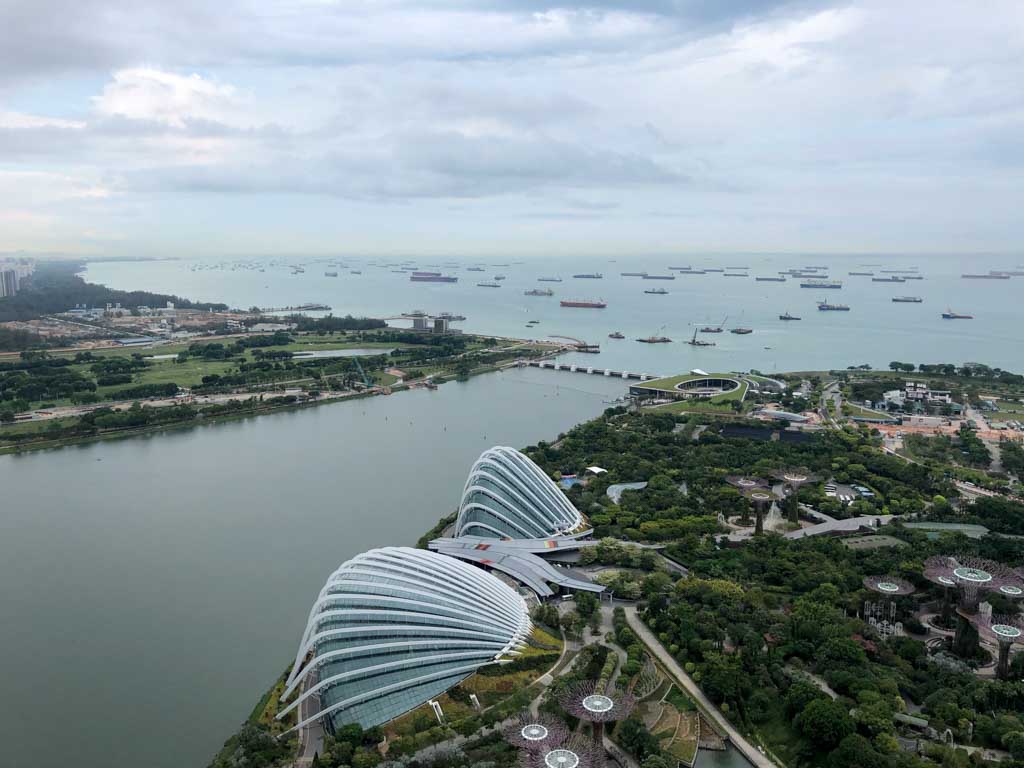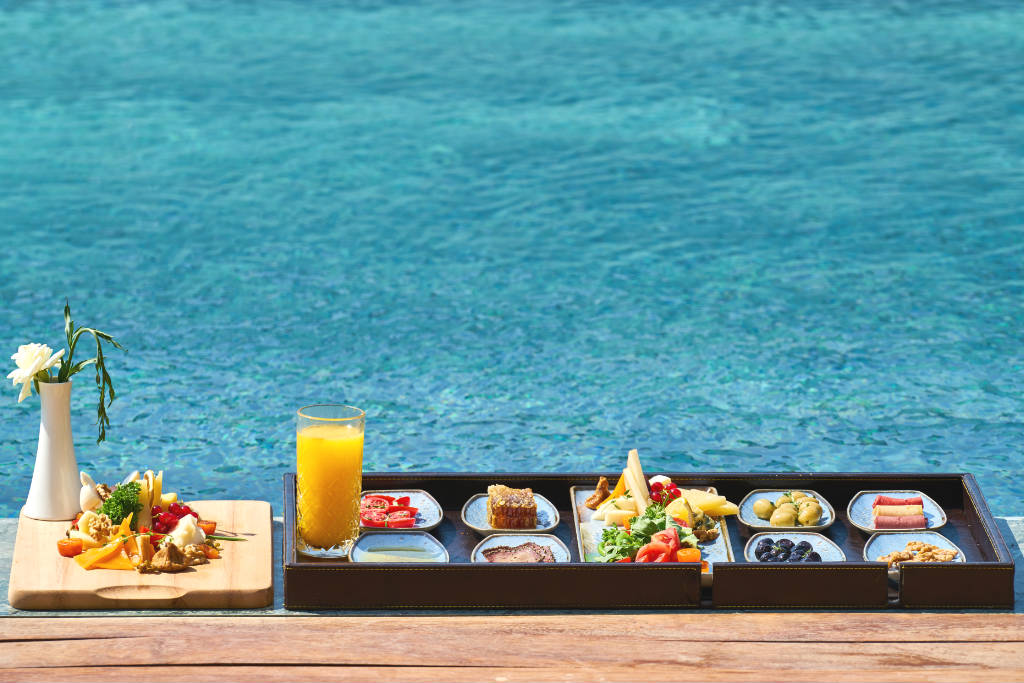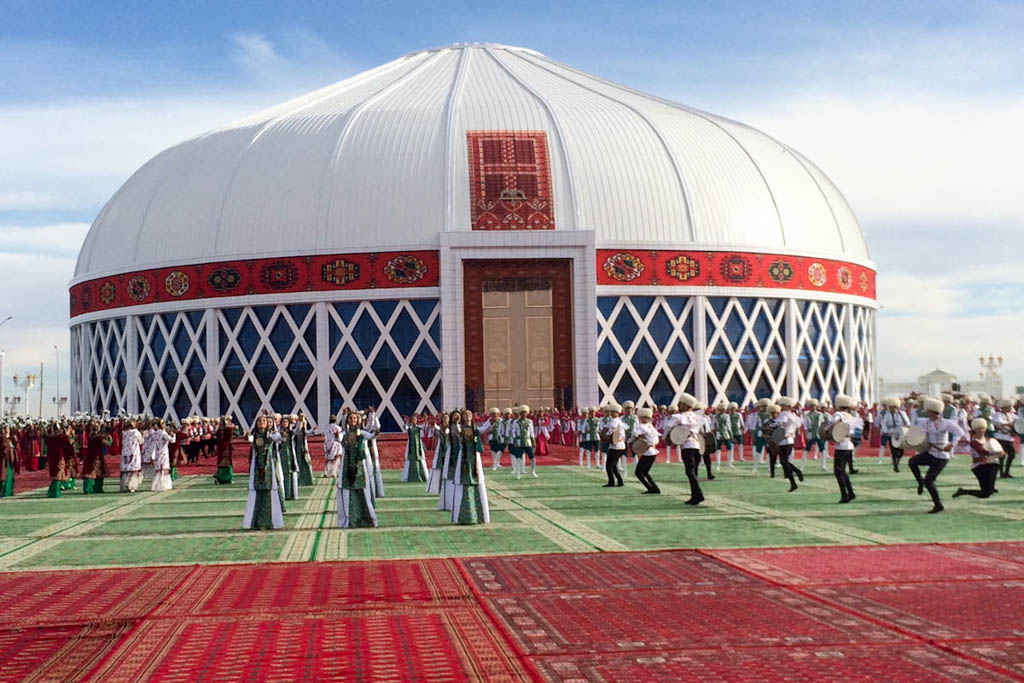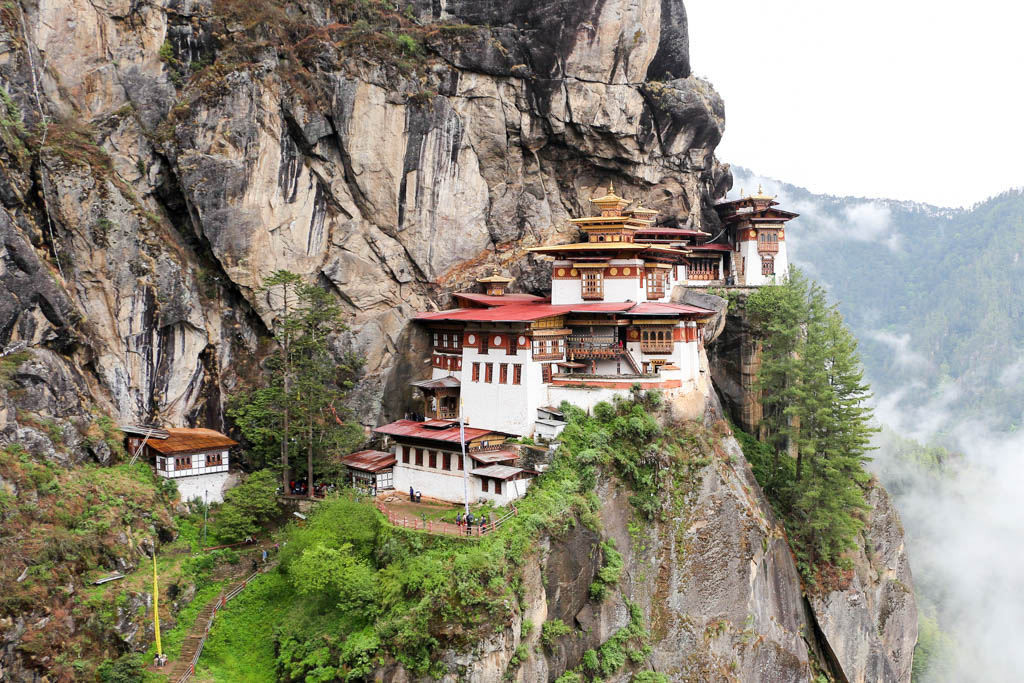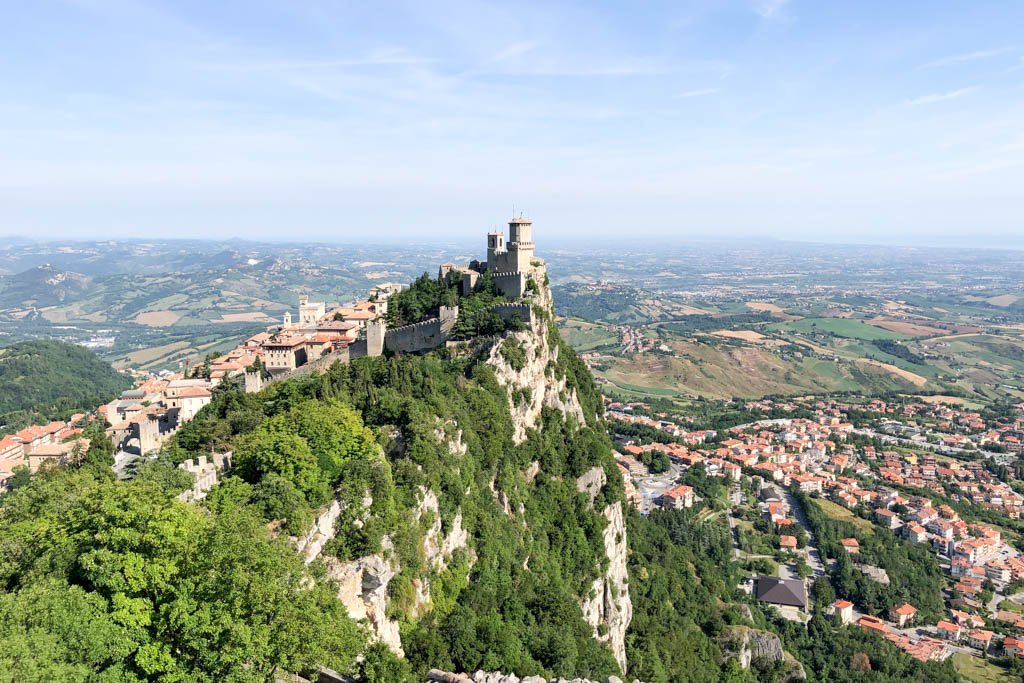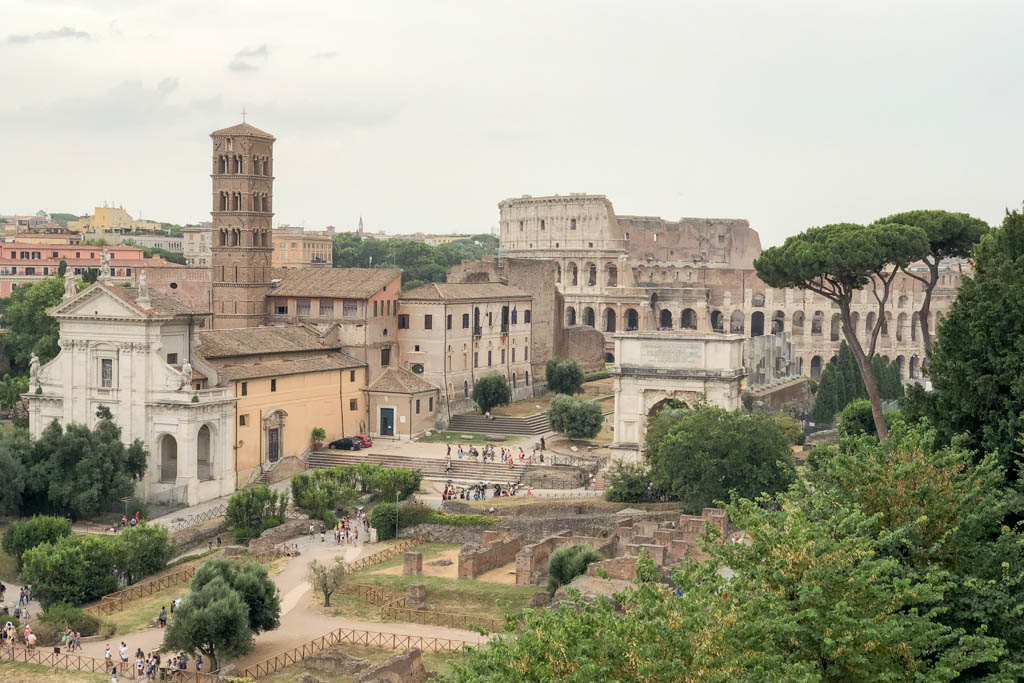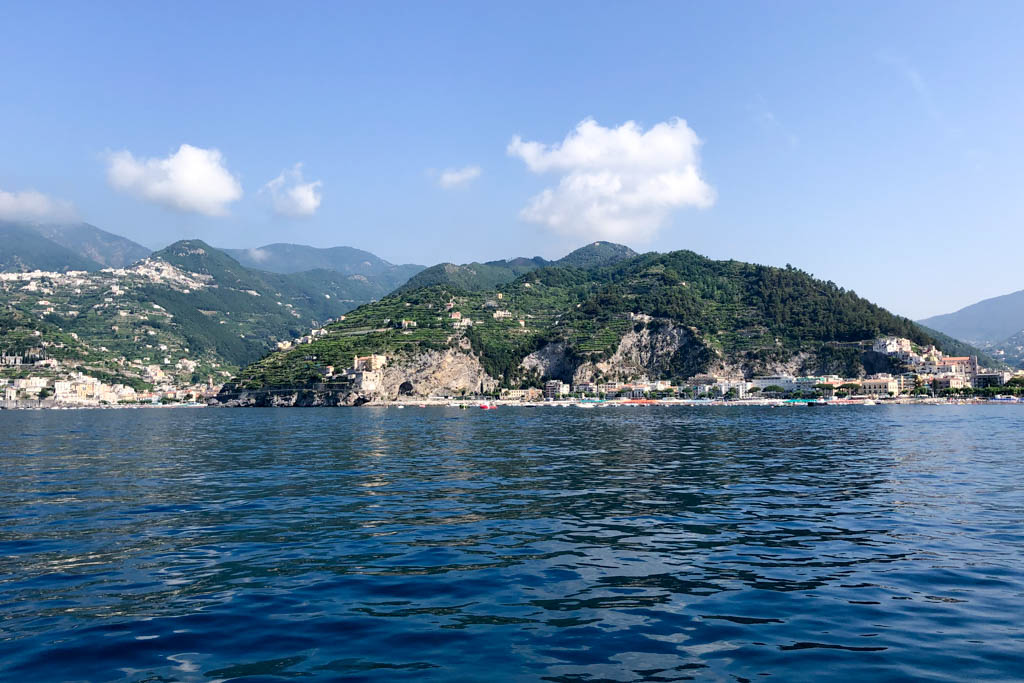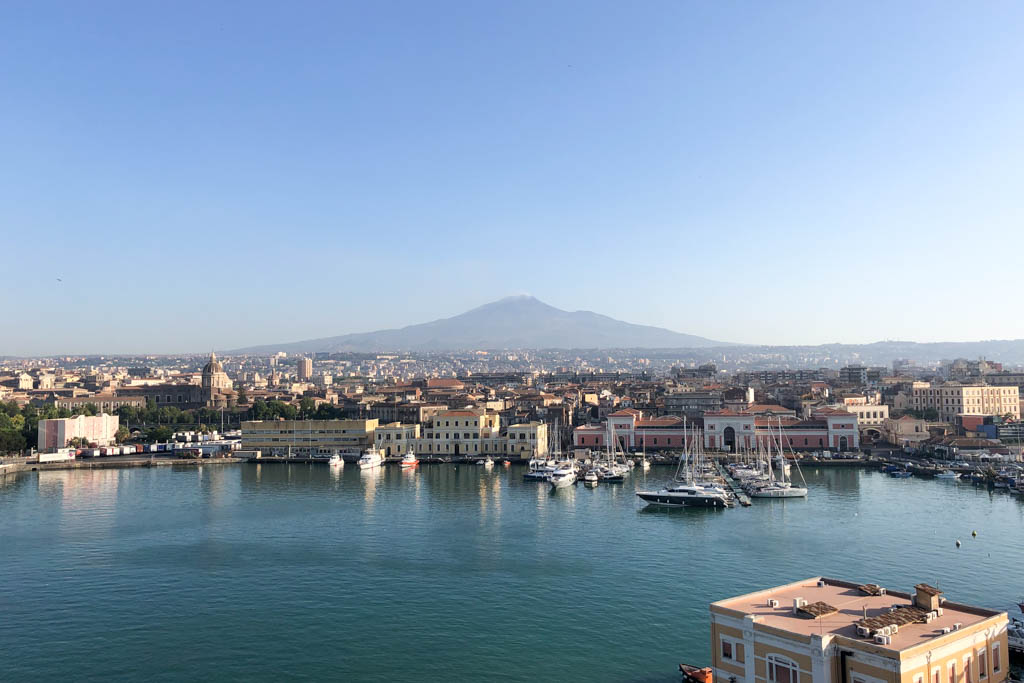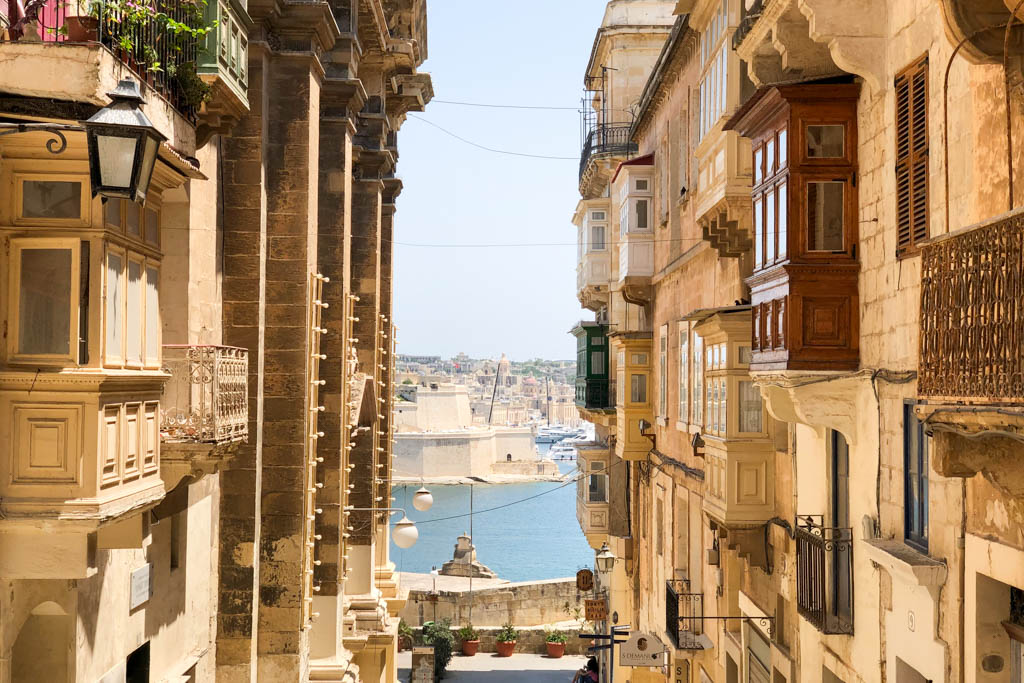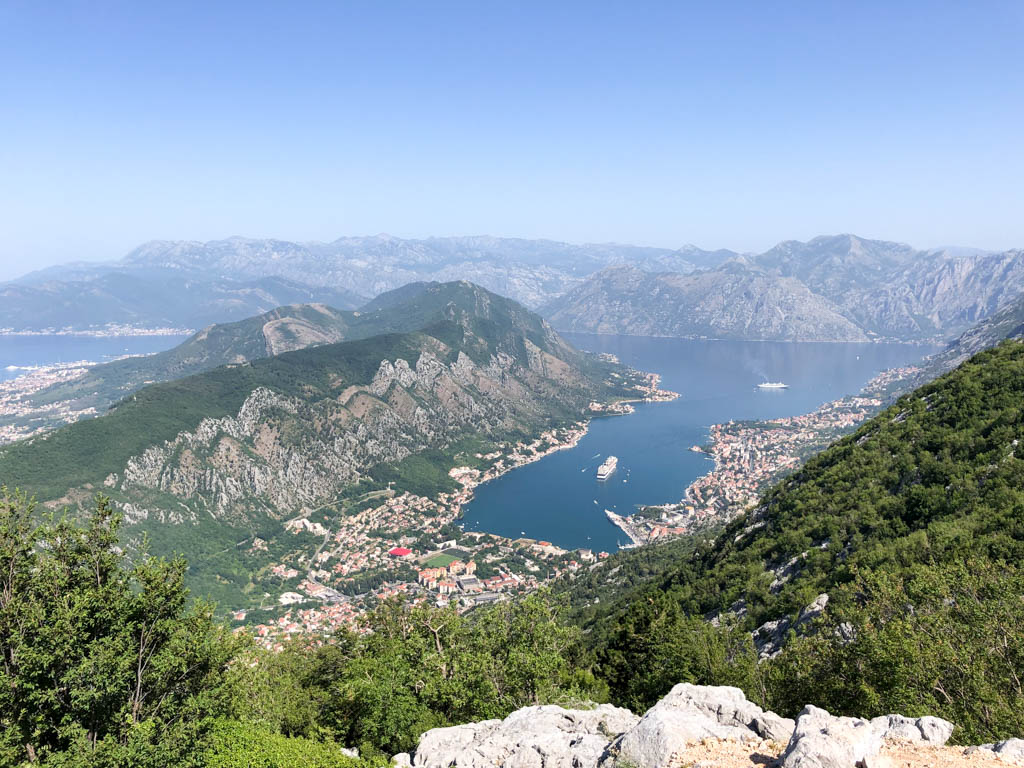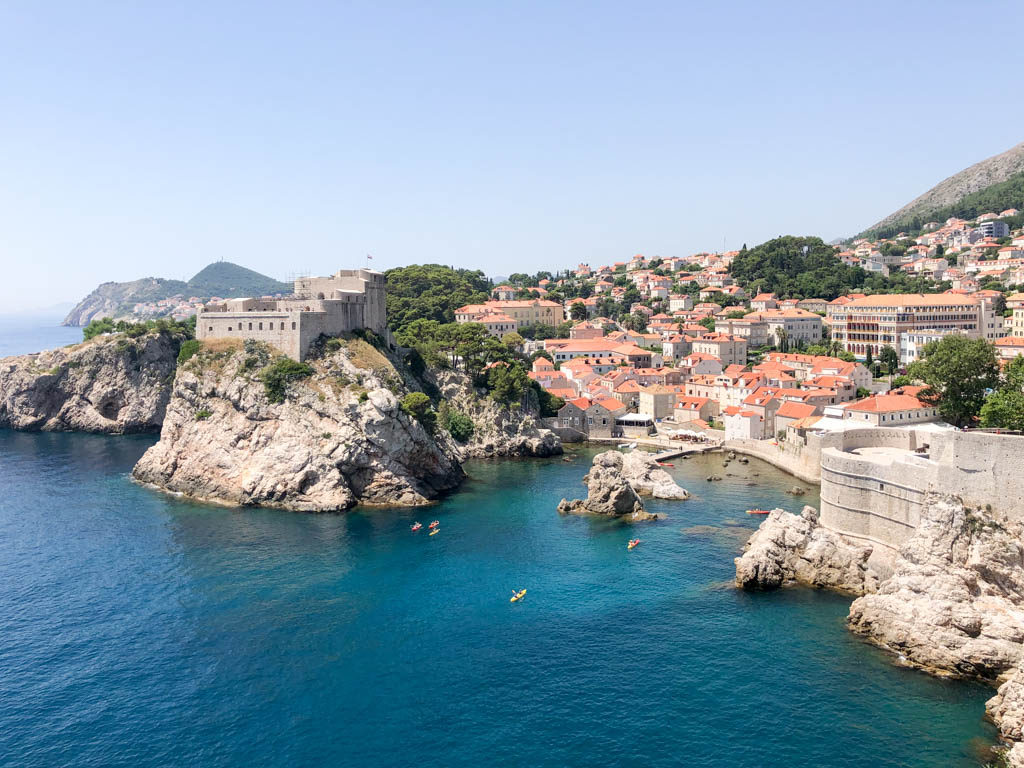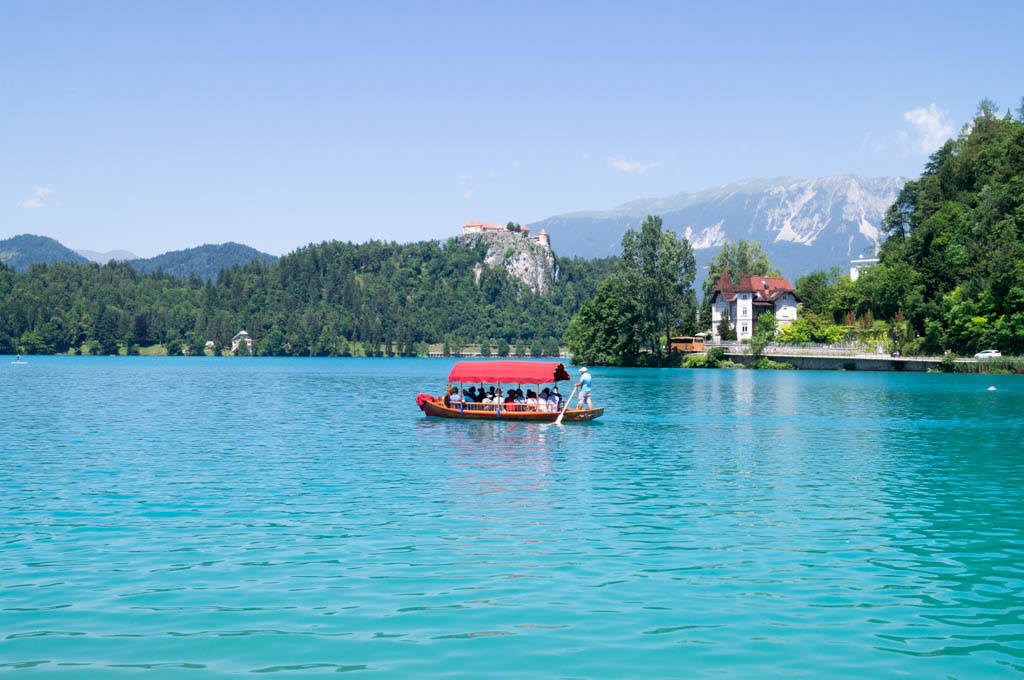Continuing with the previous post, I stopped after arriving in Lukla, Nepal on a shaky flight from Kathmandu. After our arrival into the Himalayas we were thrown out into the streets of Lukla and left to wonder “what’s next?”
Let me fill you in on where we were and what we were actually doing there. For Everest climbers Lukla is a familiar place. It is the starting city of a long and epic journey through the Himalayas using the Everest Base Camp Trek. I use the term “city” loosely as it’s really just a village in the high Himalayas.
Lukla is located in the north region of Nepal and is right below Everest and the Sagarmatha park (the national park that Everest is located in). For American standards the city is pretty basic with some hotel accommodations but for the region Lukla it is the biggest city.

When we arrived we were hungry right off the bat. I was still suffering from jet-lag and needed to get adjusted to the time and the realization that we just landed at one of the most dangerous airports in the world.
So first things first we go to a restaurant serving American/Austrian food and mint tea! Almost all restaurants throughout the trek serve mint tea and some sort of American/German/European food. The restaurants are usually connected to some sort of hotel that is owned by one family. Usually all of these hotels serve mostly the same food with some Tibetan/mountain influence.

So we got filled up on hash-browns, eggs and mint tea and then it was on our way up in the mountains. We honestly didn’t know what to expect and kind of came into Lukla not having a set plan (it’s better to do that anyways as it is real easy to find hotel accommodations in Nepal). Starting out our goal was just to walk the trail and see how far we can get in a day. We did have backpacks on that carried our entire travel gear so we were worried that we would get tired quickly. Our ultimate goal was to get to Tyangboche and to at least to get to Namche Bazaar by Day 2. Little did we know how hard this would be and the fact that we wouldn’t get there.
But anyways we bought walking sticks so we could get our balance while trekking over rocks. It was a smart idea even though the trails are not incredibly hard.

The first thing you are struck with is the beauty of your surroundings. We were among some of the tallest mountains in the world and the surroundings felt so remote. We felt so removed from the outside world. Technology has caught up to this part but in general access to the outside is limited and you do feel like you’re worlds away. I do love these kind of moments because it enables me to disconnect with any of my thoughts back at home and solely focus on the purpose of my travels.
Why did I come to Nepal you might ask and specifically this region? Well I’ve always wanted to see Mt. Everest for one reason. That is a duh for me. But if you go further it’s more than that. For me I’ve always had a fascination with Buddhism and remote places. The idea that I could find happiness being so for removed from my world half way around the world.

And I think that is the allure for a lot of people who visit Nepal. It’s culturally fascinating and religion, including Tibetan Buddhism, is still widely practiced! This region provides insight into a new mind set from the average American and that is a great thing to gravitate towards.
But you do have to do walking and it’s not always so effortless. You actually have to have some stamina and walking legs to be able to traverse in the Himalayas. Me and Matt were both carrying backpacks that had all of our contents and it was pretty heavy. And luckily I was agile enough to endure the pain of walking around with a heavy backpack up and down through mountains!
For me the first day was mostly spent awing at the sights around me and worrying about where to stay for a night. By lunchtime we had made it to a city called Phakding. It’s a little city that is about a 3 hr walk from Lukla. Luckily the restaurant we ate at had some Canadians to talk to. They gave us some good advice and it was nice to have a conversation to people who could speak English (it is very common to meet foreigners here in the mountains. They will mostly be people who are really into climbing or very adventurous, something I feel I don’t have in common).
After Phakding the trek gets a little tougher as you start to push upwards. The first part from Lukla you actually head down in elevation for a bit but after Phakding you start heading back up in elevation. Most tours stop in Phakding for a night but it is very much possible to continue trekking (most tours recommend taking short trek in your day so you can adjust to the elevation. It is good advice since the elevation can wear you out easily).

We decided to keep going and see how far we could get in a day. Our Canadian friends told us of a great place to stop that was right before the border of the Sagarmatha Park. Being that we were first timers in the Himalayas we decided to take there advice and not push ourselves too hard (it can get dangerous if you get dehydrated or become sick because of the elevation).
Oh and I forgot to mention! If you’re afraid of heights than the Himalayas is not your type of vacation. You cross suspension bridges that sway in the wind and will be on trails that can become narrow. And you share the trail with anybody and everybody who passes you, including animals like yaks.
Part of the journey to the Himalayas is to also experience Tibetan Buddhism, which is the religion that most people in this region follow. Make sure to spin the prayer wheels (to the right) and to respect pictures of the Dalai-Lama that are scattered throughout the trail. Most people will have pictures in their restaurants or hotels of sacred places, the Dalai-Lama and have some sort of prayer wheels. Buddhism is a religion that promotes harmony with people and animals so it’s important to also be respectful of all living things and of the environment while hiking the trail (it was sad that sometimes you would see water bottles on the side of the trail).

Another cool part about this journey is to see all of the pictures and writings that exist on the rocks. They have messages in Tibetan but seeing that I don’t understand them I have no idea what they said! They are just cool to take pictures of and ponder what they say!
When we finally arrived at this tiny village outside of Monzo (the first city that is inside the national park) we were exhausted and the sun was going down. At night the Himalayas are so quite and calm and it’s a great place to rest your mind and body after a long day of walking. Getting there was tiring as we already had to climb 1,000 feet from Phakding. That first night the hotel we stayed at was not very pleasant actually. First of all… it can get very cold at night in the Himalayas… even in the spring/summer time. So I had to deal with being cold even know I had bundles of layers on (I soon realized that this hotel didn’t have blankets while others did). Second the hotels are very very basic. I can best describe them as sleeping in a ply-wood box with some protection from the outside being made from stones. In general the lodges will have one bulb per room and the shower will be solar heating! (more like luke warm water).
The first day was cloudy and so it was hard to get a really good glimpse of the mountains. Overall it was an easier day than to what was to come. If I had more time and more money I would have done things a bit differently but I will tell you more about that later.
And so the first night we try to get a good night sleep in preparation for the long and exhausting hike up to see Mt. Everest! (we later realized that you need more time and porters but that is a story for next time as well as my partial viewing of Mt. Everest. One of the reasons I will go back to the Everest region eventually but not from the Nepalese side again).

And this is where I leave you for this post… stay tuned for more journeys of my trip (from June 2012).
2012 Asia Tour
Arriving in Kathmandu | Part Deux
A Scary Flight to Lukla, Nepal
Pingyao | A 2,700 year old City
The Birds Nest to Forbidden City
The Summer Palace, Mao’s Body and Temple of Heaven
images by: shawnvoyage


